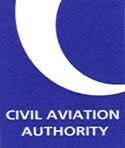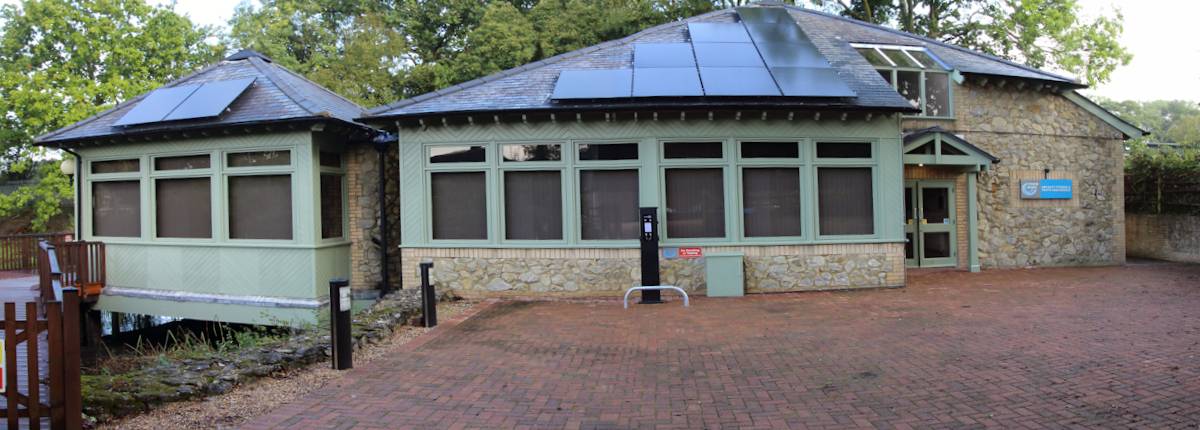 |
CAA Licensing & training simplification |
There are changes to Pilot licensing in the UK with effect from 1 October 2025.
The CAA have published a number of videos and publications to explain the changes. These can be accessed from this CAA webpage: https://www.caa.co.uk/general-aviation/pilot-licences/licensing-training-simplification/
CAP 3155 summarises the key changes:
General Aviation Pilot Licensing Review - Key summary of aeroplane category changes
If you are a general aviation pilot, instructor, examiner or training organisation, there are some changes coming soon to UK pilot licensing that you need to know about. The fixed wing PPL, NPPL, LAPL licence and the associated flying ratings are all affected. There are also changes for sailplanes and balloons.
Most changes come into force on the 1st October 2025, and pilots should familiarise themselves with any changes that may affect them.
More information can be found at www.caa.co.uk/ga – Licensing & training simplification | UK Civil Aviation Authority.
Discontinuation of issuing the LAPL (A)
From 1st October 2025 the CAA will only issue NPPL(A) and Part FCL PPL(A). Any UK issued Part-FCL LAPL(A) licences already issued will remain valid. The LAPL(H) will continue to be issued. For those on an existing LAPL (A) course, all training completed so far will be credited.
The CAA is shortly to publish the NPPL(A) CAP which will be communicated to training organisations.
NPPL (Aeroplanes) requirements
The NPPL(A) requires at least 32 hours flight time which must include at least 10 hours of supervised solo. Pilot medical declaration will be acceptable for the initial issue of the NPPL.
For the NPPL(A), either the Part FCL exams or Microlight NPPL Exams may be taken. Where the Microlight NPPL Exams have been passed, if an NPPL(A) holder subsequently wishes to upgrade to the PPL(A), a set of five bridging exams will need to be sat.
SSEA/SLMG to SEP/TMG
The SSEA (Simple Single Engine Aeroplane) rating on the NPPL(A) will be replaced by the SEP (Single Engine Piston) rating to align with other UK-issued licences. While the privileges remain the same (2000 kg MTOW) holders of the new SEP rating will now also be allowed to fly microlight aeroplanes after completing appropriate differences training, without needing a separate microlight rating. Those who obtain an SSEA rating before 1/10/25 will automatically be deemed to hold the SEP rating, with no need to update their licence. Training completed before that date will still count toward gaining SEP privileges afterward. The SLMG rating will also become the TMG rating.
Flying abroad
Remember that both the NPPL and the LAPL are sub-ICAO licences, meaning they are not automatically valid for flight outside the UK. The same goes for pilots operating on a Pilot Medical Declaration for any licence, as this is a sub-ICAO medical. Pilots must check with the state they plan to fly in (or over) the acceptance of any sub-ICAO qualifications.
Changes to the Part-FCL PPL(A)
The Part FCL PPL(A) will require at least 40 hours of flight time as pilot of aeroplanes. This will include 10 hours of supervised solo flight time and a qualifying cross-country flight, as per existing requirements. We are permitting more flight time to be credited from three axis control system microlight aircraft. However, the supervised solo flight time and the licence skill test must still be completed in an SEP or TMG.
The practical syllabus is also seeing the introduction of training in partial engine power loss scenarios and the use of VFR moving map devices.
Revalidation requirements
Minor changes will apply to revalidating class ratings for single engine piston aeroplanes, touring motor gliders, microlights, and ratings endorsed as simple single-engine aeroplanes or self-launching motor gliders:
- For Part-FCL ratings, up to 6 of the required 12 flight hours may now be flown in the first year of validity.
- A standard minimum of 6 hours as pilot-in-command now applies to both PPL and NPPL holders.
- The requirement for 12 take-offs and landings remains unchanged.
LAPL holders (aeroplane category) will move to a fixed validity system by October 2026, in line with the Part FCL PPL.
New guidance will also apply to help pilots make the most of biennial refresher training to maintain skills and knowledge when revalidating by experience.
Aerobatic rating
For licences issued under the Air Navigation Order (Including NPPL) after 30th September 2025 it will be a requirement to hold an aerobatic rating before conducting aerobatic manoeuvres.
Use of non-Part 21 Aircraft for training towards Part-FCL licences
Where a non-Part 21 aircraft has a Certificate of Airworthiness, or a permit to fly accompanied by permission (www.caa.co.uk/ors4 - ORS4 1585) for commercial operations under Article 42 of the Air Navigation Order, there will not be a requirement in for a separate CAA safety assessment of the aircraft before use at an Approved Training Organisation (ATO) or Declared Training Organisation (DTO).
The Head of Training at the ATO or DTO is still required to assess aircraft is suitable to be used for flight training.

